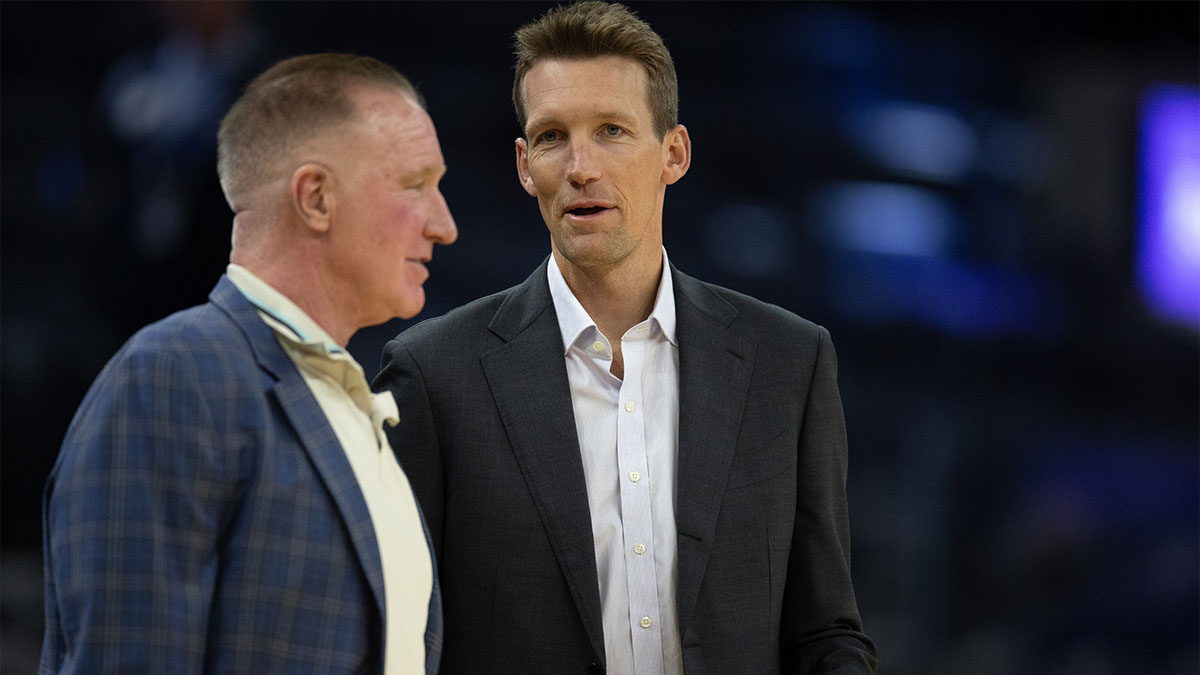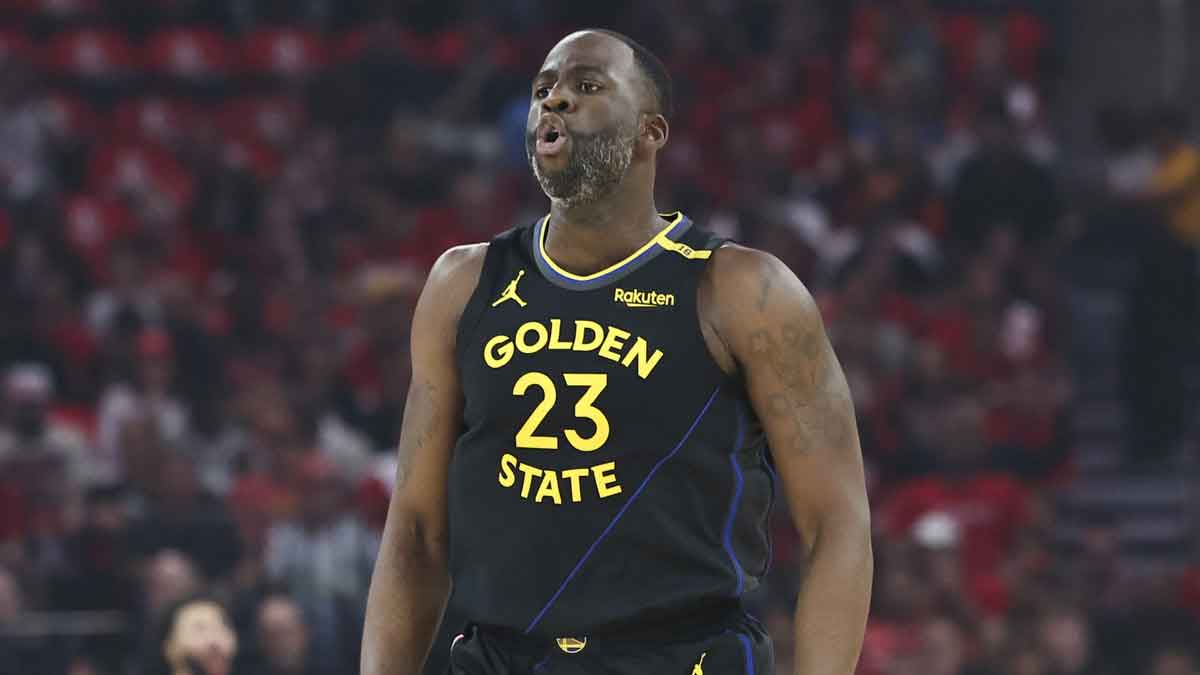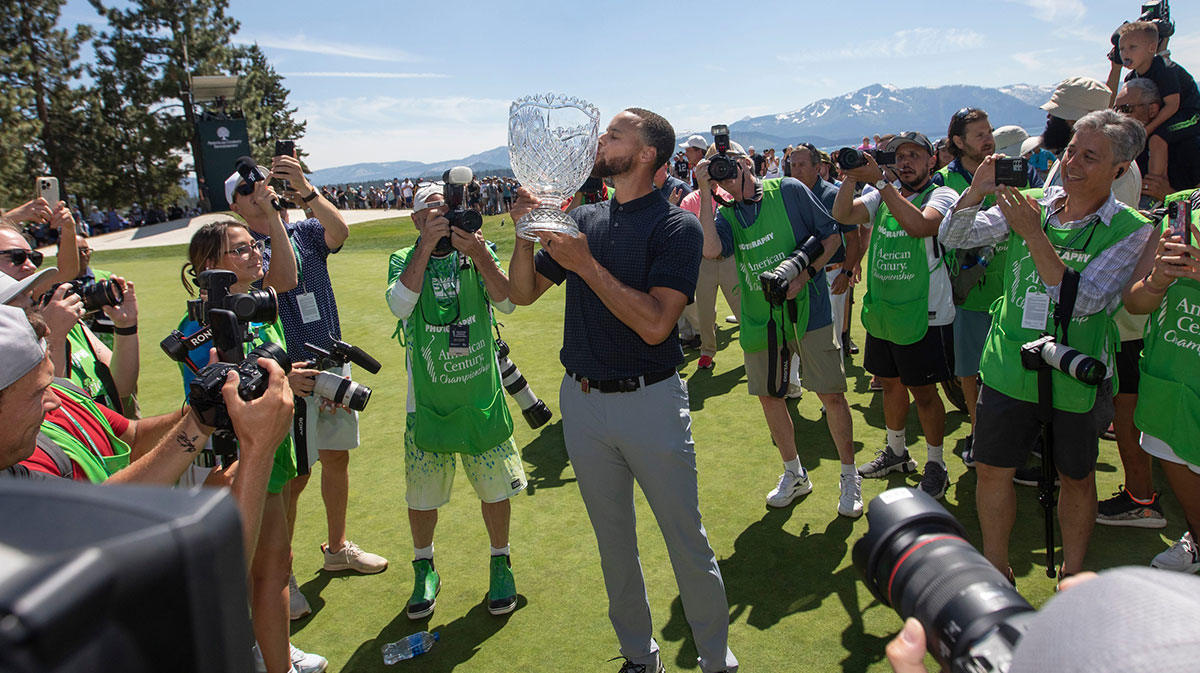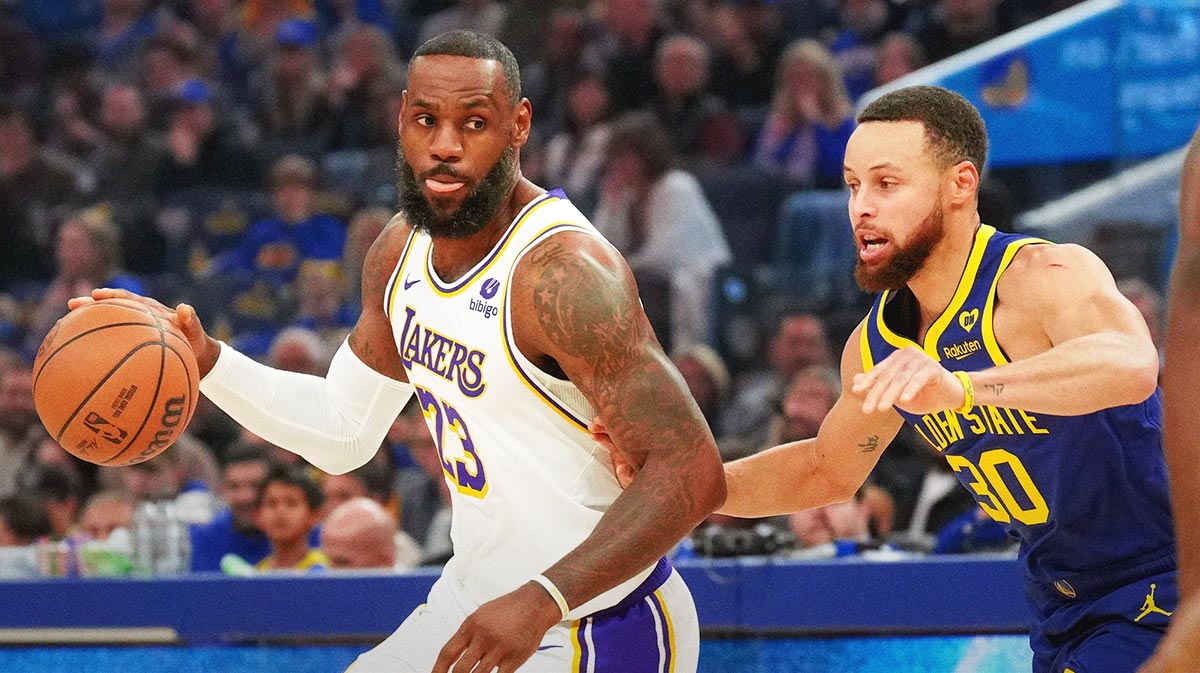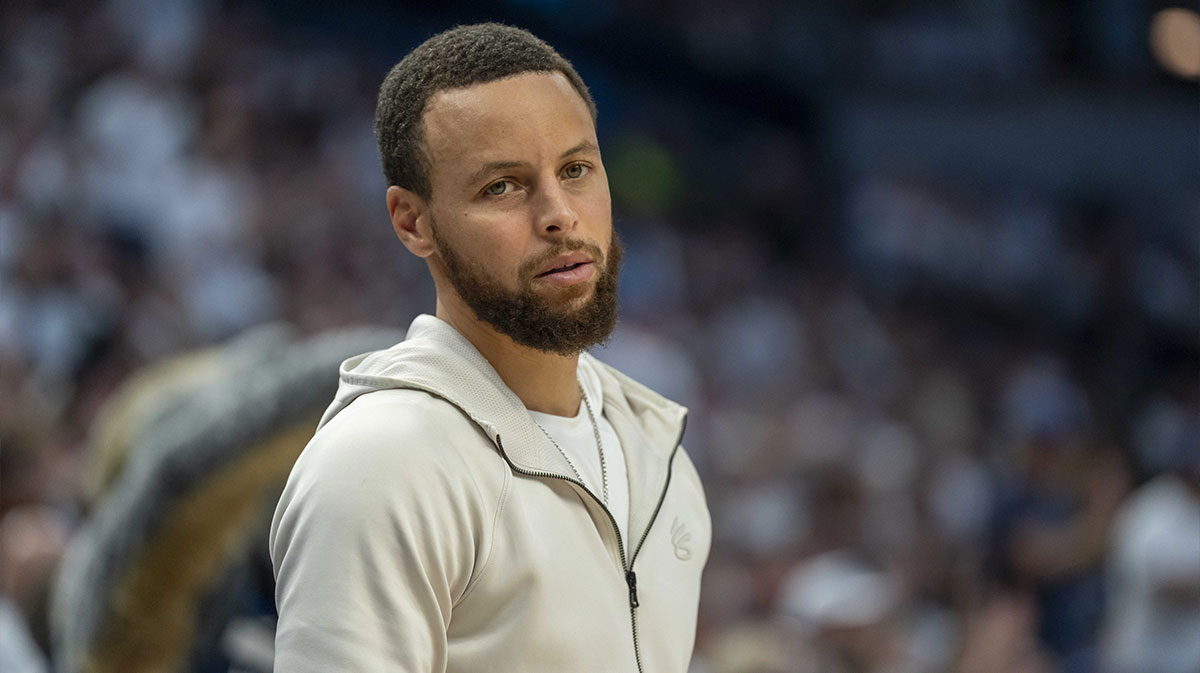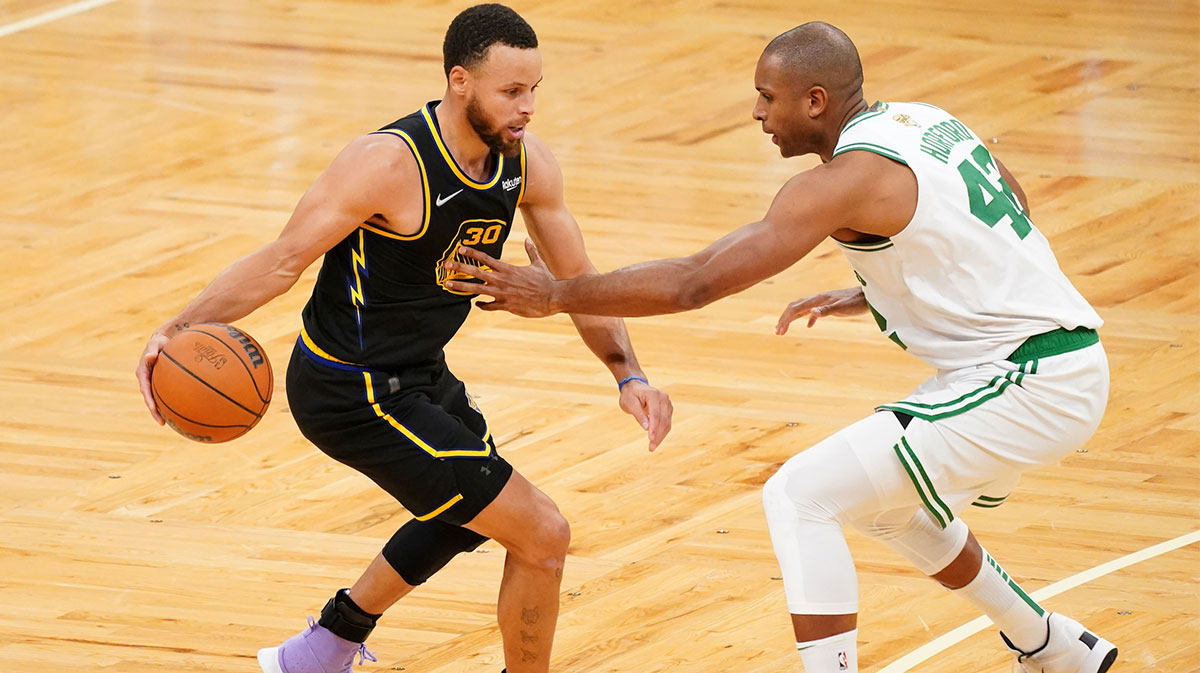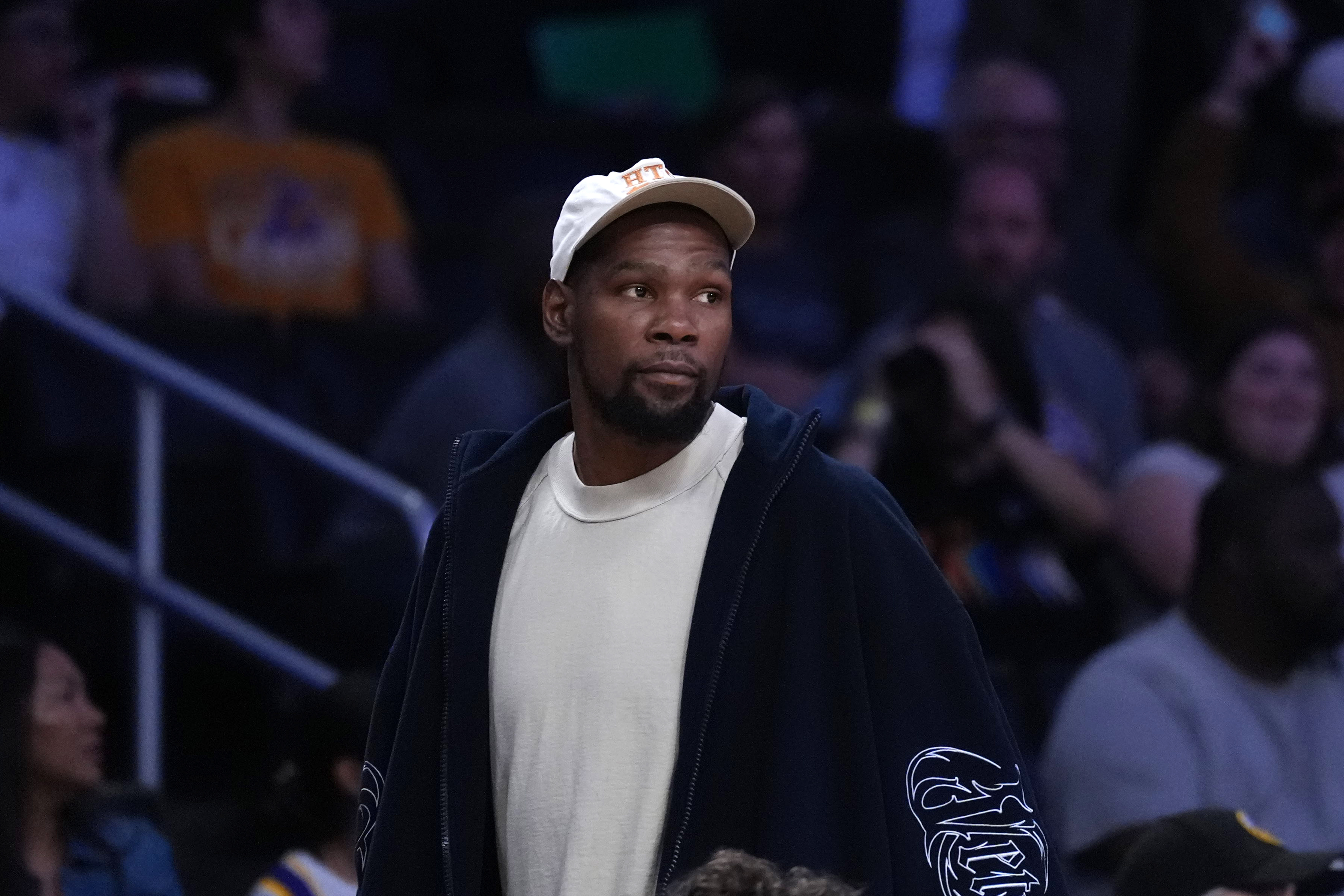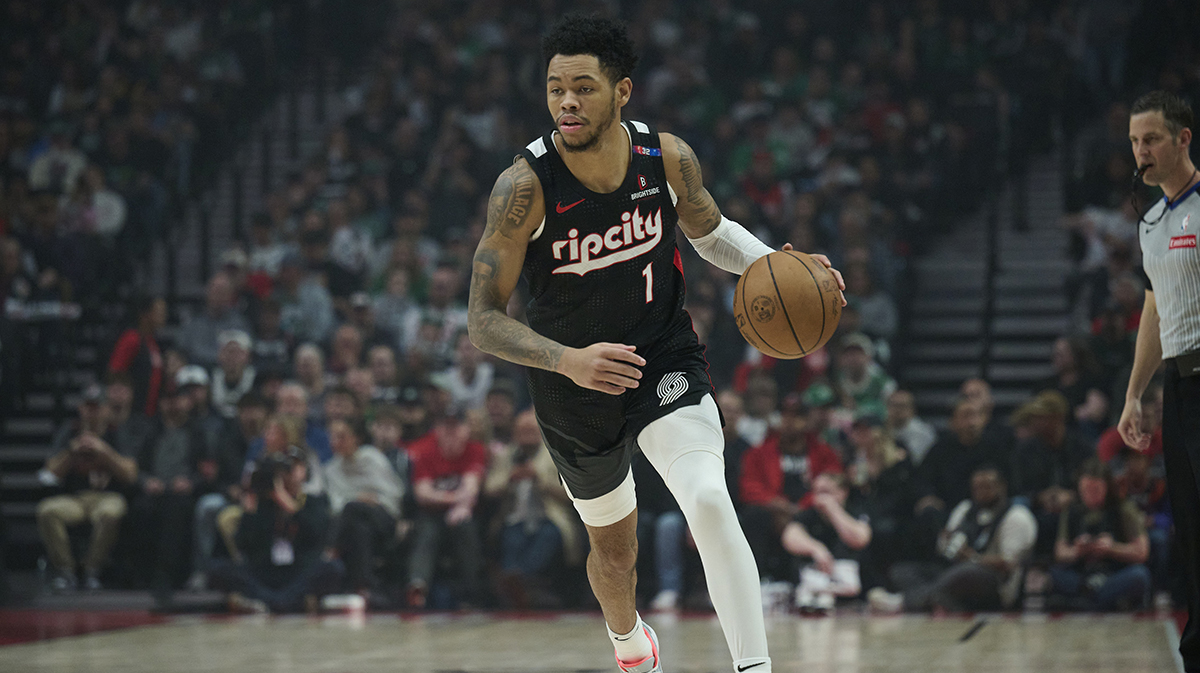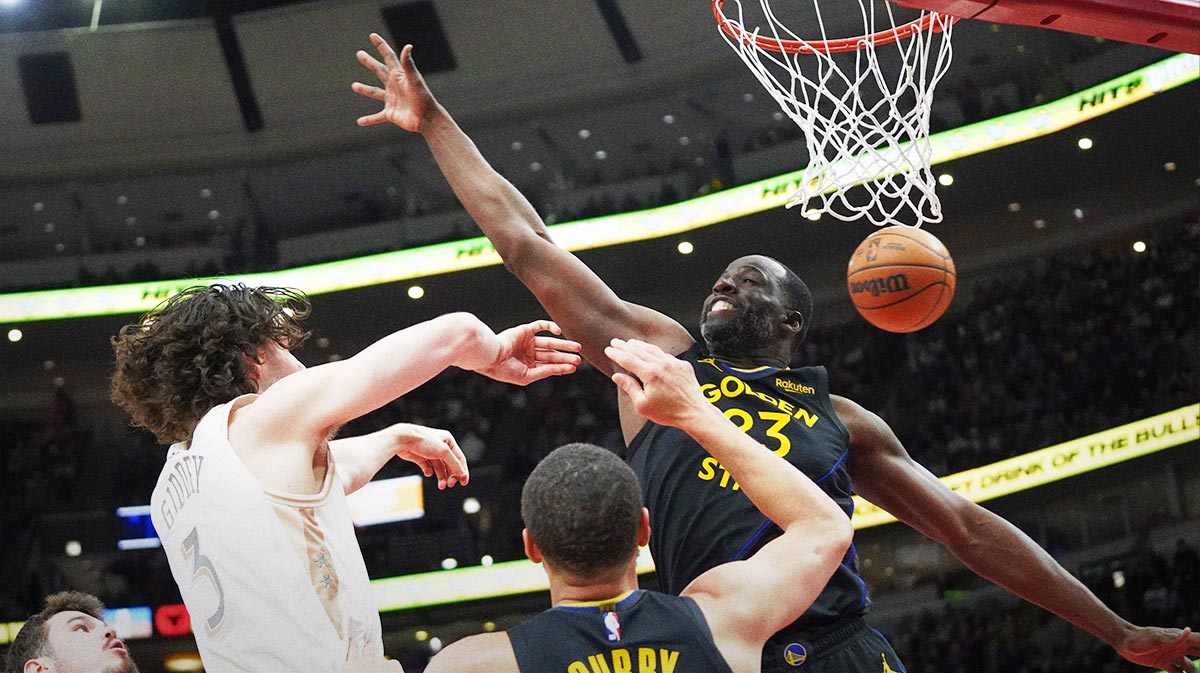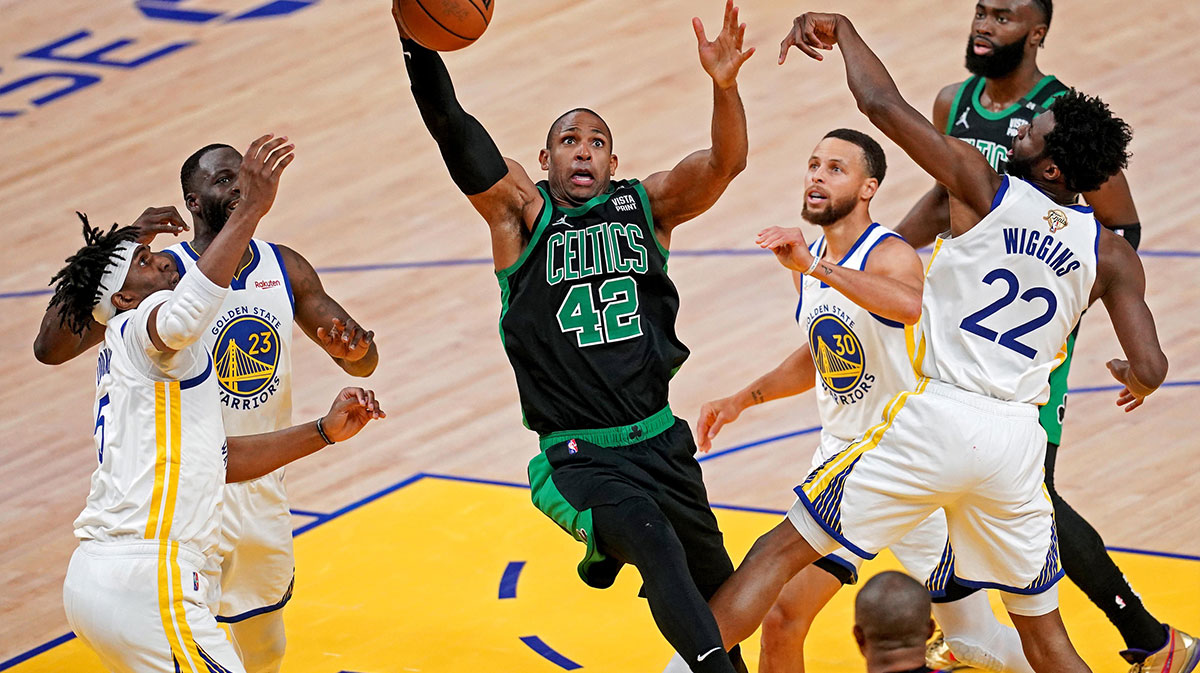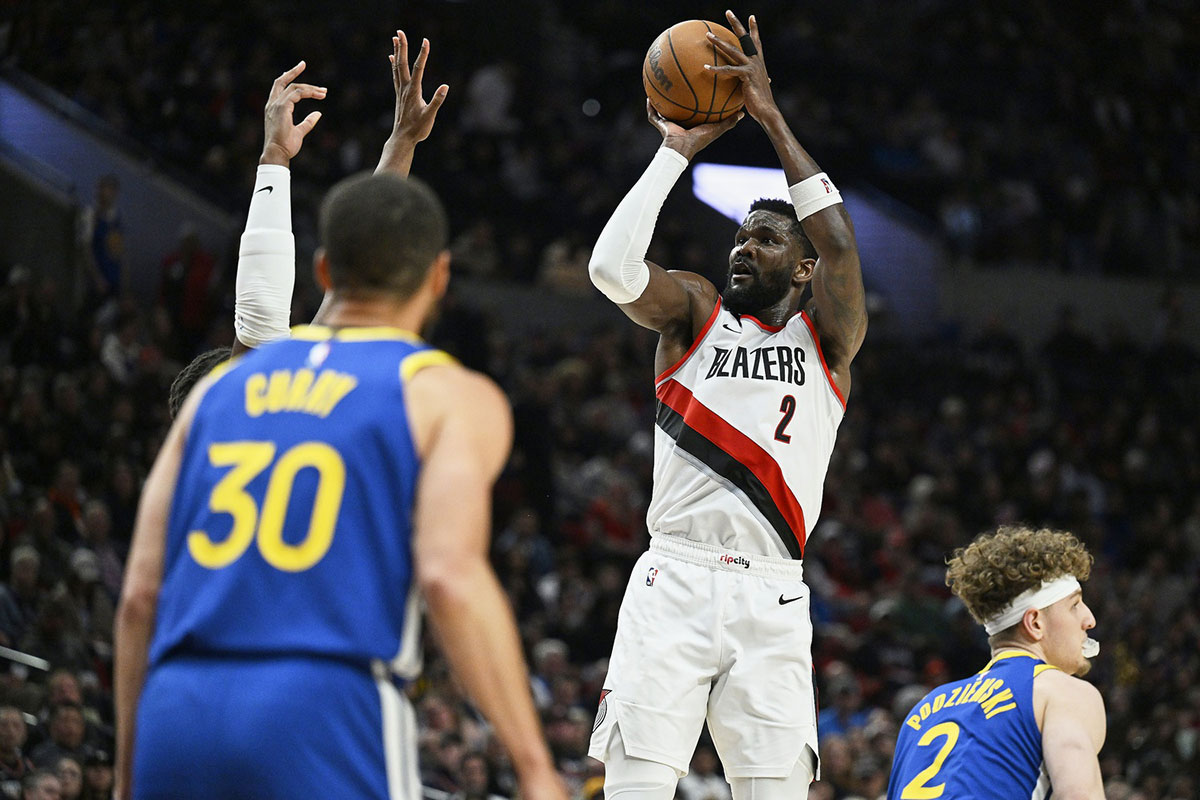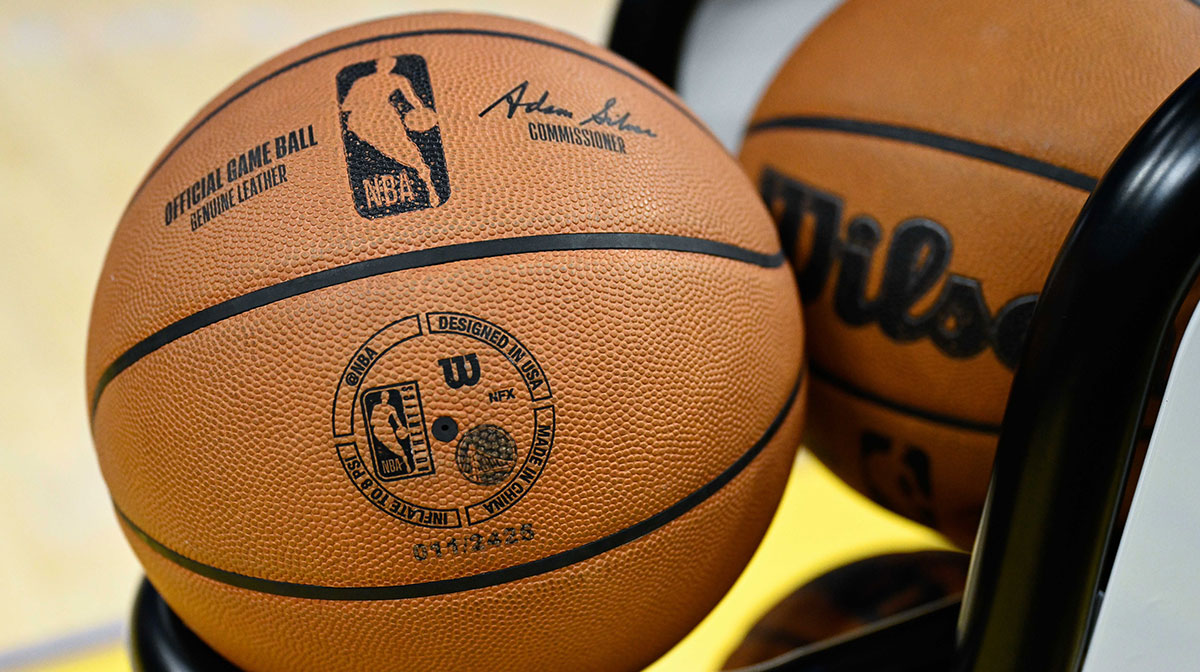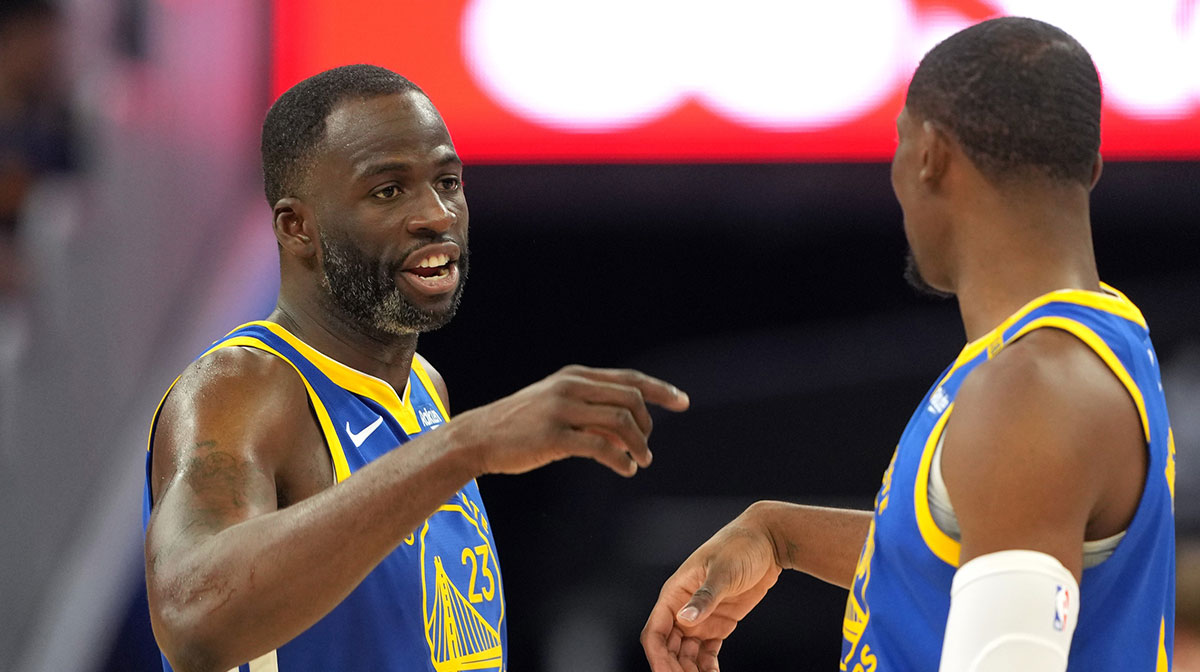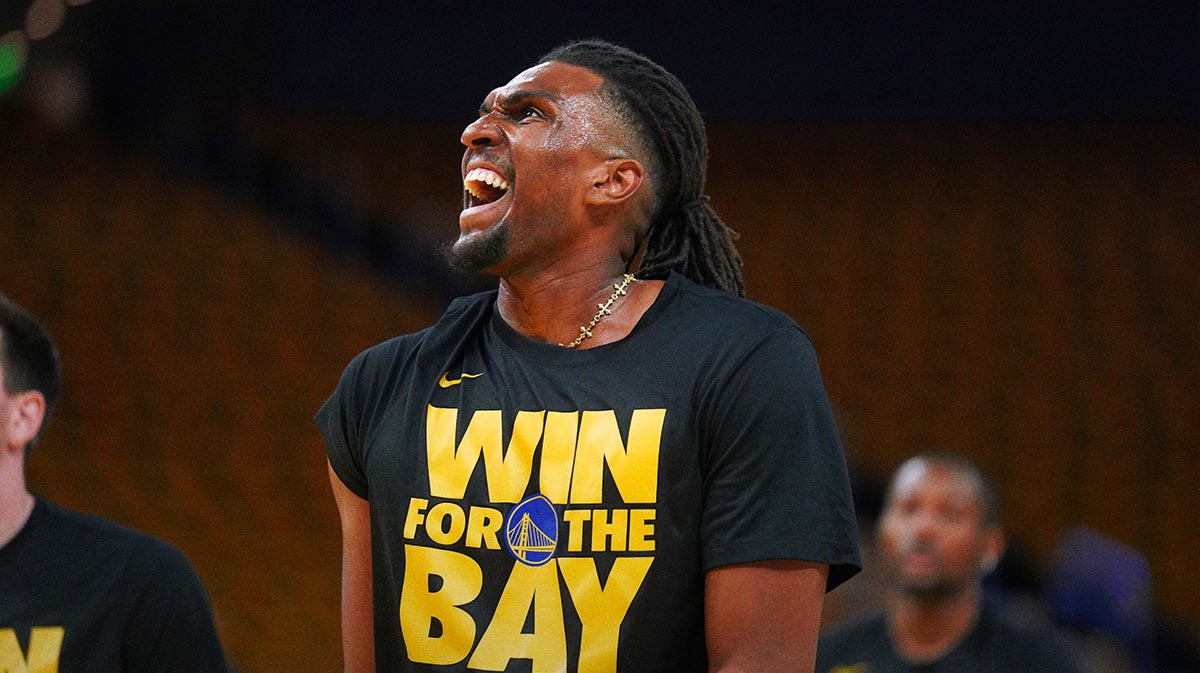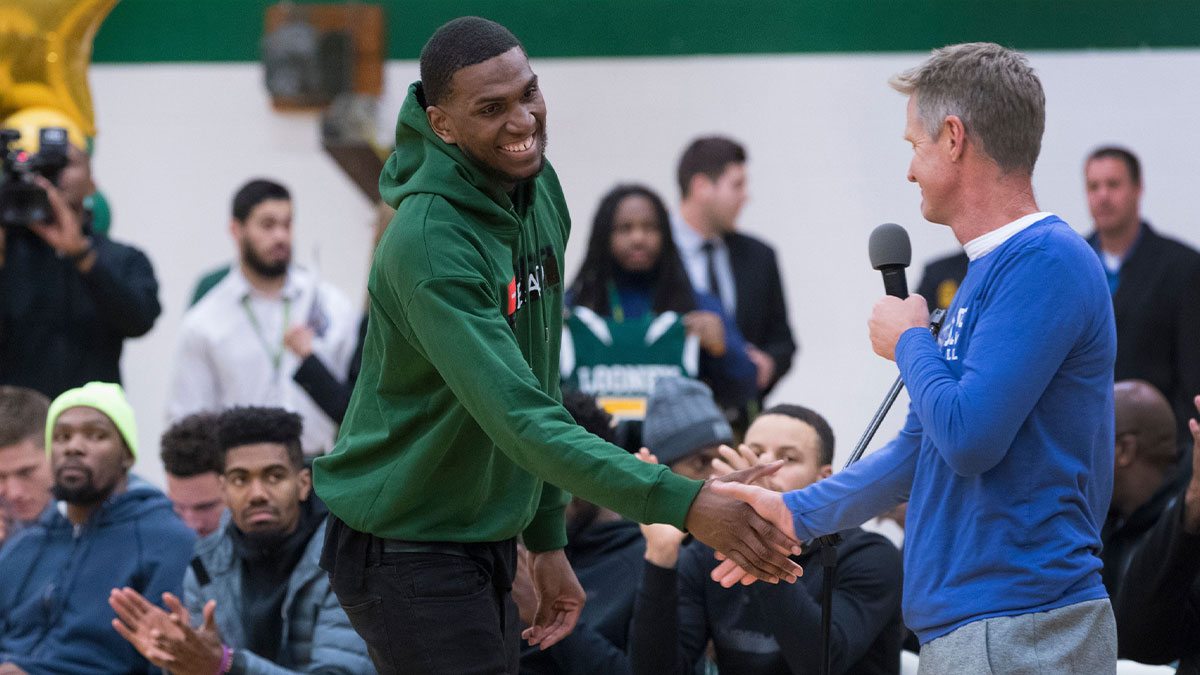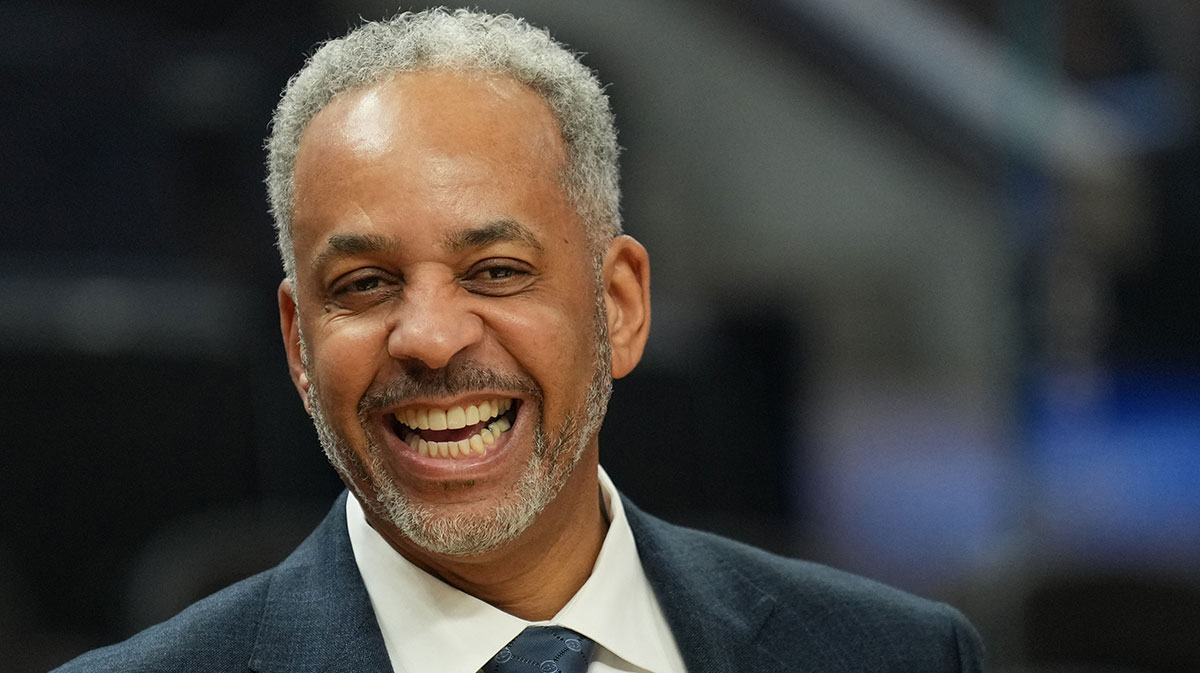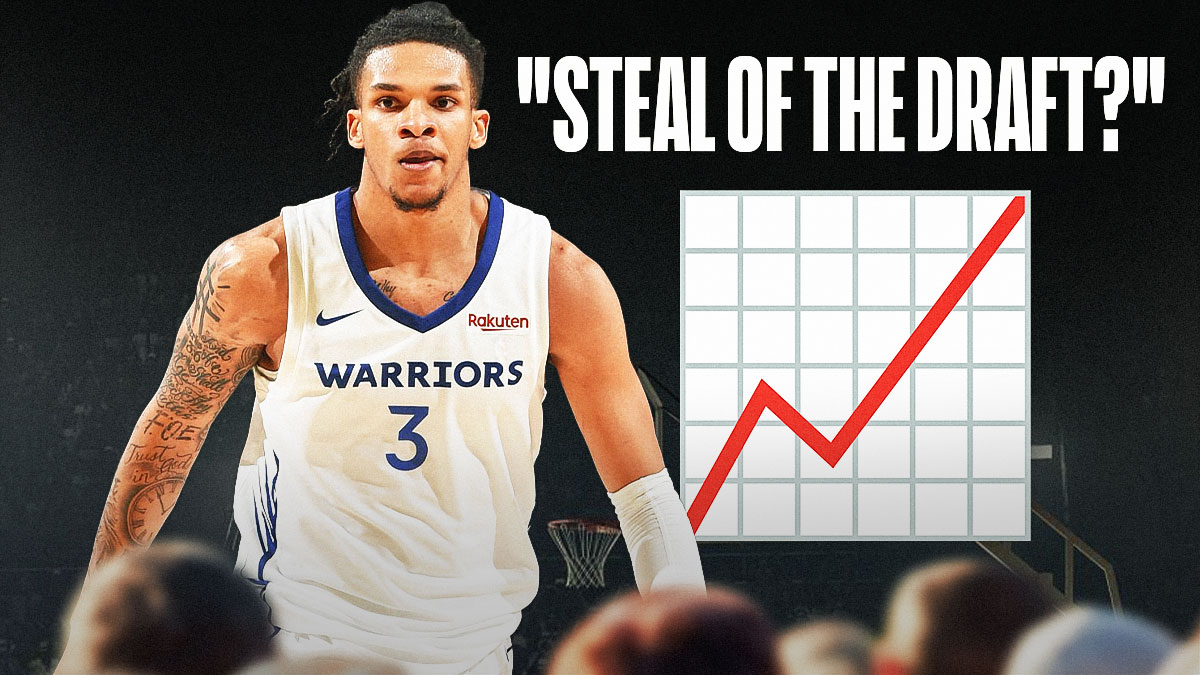Physicality of the NBA in the 1980s and 1990s wasn't nearly as overt as the loudest retired players would have you believe. Just ask Golden State Warriors enforcer Draymond Green.
A cramped court, allowable hand-checking defensively and more leeway on fragrant fouls indeed made the game more of a grind decades ago than it is now. Just because players bumped heads and bodies more often in the past hardly means the league lacks physicality now, though. No one watching these NBA Finals could criticize the Warriors and Boston Celtics for playing “soft,” at least in good faith.
And as Green pointed out ahead of Game 3 of the championship series, some of the old heads most critical of modern basketball—like Celtics legend Cedric Maxwell—weren't the ones doling out real punishment back then, either.
An absolute masterclass by Draymond Green on players from the 80's and 90's talking trash about much more physical their eras of the NBA were 🤣 pic.twitter.com/ReW8etXS71
— ClutchPoints (@ClutchPoints) June 7, 2022
A lower-scoring, slower-paced and more overtly physical brand of basketball isn't better, no matter how many retired players decry the current state of the NBA.
There's a reason one of the most forgettable eras of the NBA took place around the new millennium. With icons like Michael Jordan, Magic Johnson and Larry Bird having hung up their sneakers, the league's ugly, grind-it-out style of play was easier than ever for fans to see.
It wasn't until rule changes of the mid-2000s that basketball began morphing into what it is now, that process accelerated in subsequent seasons by advents of small-ball and increasing reliance on pace, space and three-pointers.
Today's game isn't what it was 30 and 40 years ago. Green, a three-time champion vying for his fourth Larry O'Brien Trophy, knows the benefits of that reality better than anyone. If retirees and flameouts can't admit what seems obvious, at least pushback from players like Green will help deny the self-serving narrative so many of them feel inclined to voice.

